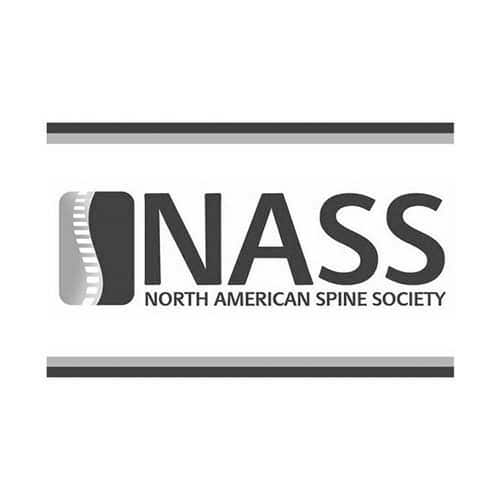Elbow pain may seem minor to those who have never experienced it, but it can constantly hinder everyday life. Even the simplest tasks, like getting yourself dressed, can be made hundreds of times more difficult when you have pain and loss of mobility in your elbow. But what causes elbow pain, and how can you help treat this debilitating condition?
Common Causes of Elbow Pain
- Tennis Elbow (Lateral Epicondylitis): Tennis elbow is characterized by a swelling or tearing of the connective tissue around the elbow. Tennis elbow is caused by repetitive motion and stress on the joint, forearm muscles, and connective tissues. Despite its name, tennis elbow is not exclusive to tennis or other sports and can affect anyone, particularly those with conditions such as degenerative arthritis.
- Golfer’s Elbow (Medial Epicondylitis): Golfer’s elbow is similar to tennis elbow in symptoms and causes. However, it differs in that with tennis elbow, the pain and inflammation are located on the outside of the joint, whereas golfer’s elbow causes discomfort on the inside.
- Olecranon Bursitis: The bursa is a fluid-filled sack at the tip of the elbow that helps protect the joint and allow smooth movement. Bursitis is an inflammation in that sack caused by trauma or infection. The first sign of bursitis can be visible due to inflammation and tenderness and should be treated by a doctor.
- Arthritis of the Elbow: Arthritis becomes more common as you age due to it being caused by a deterioration in the padding around your joints. In the elbow, the smooth cartilage that helps with articulation becomes frayed and rough with use, potentially developing into bone spurs.
Diagnosing Elbow Pain
Elbow pain requires a professional evaluation and several tests to check for the root of your discomfort. Diagnosing techniques include the following:
- Imaging Tests: X-rays, CT scans, and MRI scans are all used by doctors to get a clear view of the internal structures of your elbow.
- Bursa Biopsy: By taking a sample of the fluid from the bursa, a doctor can rule out infection or trauma in a bursitis diagnosis.
- Electromyography: Electromyography uses electrical impulses, which measure muscle reactions and can be used where imaging tests fail.
Treatment Options for Elbow Pain
Several options are available to treat elbow pain, all of which can help you avoid dangerous surgery.
- Physical Therapy: Physical therapists are trained professionals here to provide a custom stretching and exercise routine to help reduce pain and restore mobility.
- Injections: Corticosteroids are anti-inflammatory medicines injected directly into the joint to reduce inflammation and relieve pain.
- Bracing and Support: Limiting movement and providing support can help reduce your pain by removing extraneous movements and applying pressure in specific locations to help relieve discomfort.
Self-help Tips for Elbow Pain
- RICE (Rest, Ice, Compression, Elevation) incentivizes you to take rests after every activity, cool down your elbow with ice or cold packs to reduce inflammation, compression puts pressure on the nerves, and elevation helps with blood flow by keeping your elbow above your heart.
- Ergonomics is the study and application of adjusting the pieces of your work environment to help facilitate better workflow and sustainable comfort. These can include ergonomic chairs, armrests, and keyboards to reduce pain and improve posture.
- Eating a healthy diet can help reduce pain; anti-inflammatory foods like leafy greens, fatty fish, and fresh fruits can help keep you going with little discomfort.
Reach Out to Macomb Pain Management for Relief from Elbow Pain
You can trust the experts at Macomb Pain Management for help with your elbow pain. To learn more about the different treatment methods offered by our Board-Certified physicians, call us today at (248) 844-8281.






